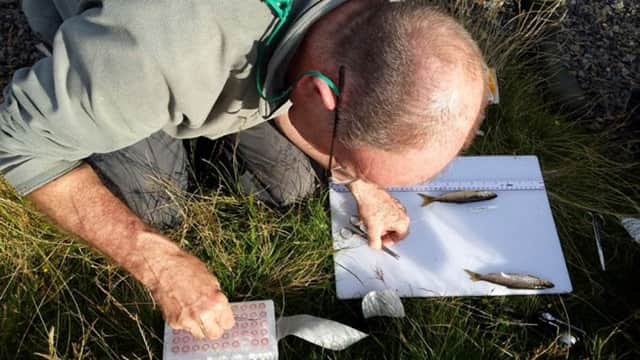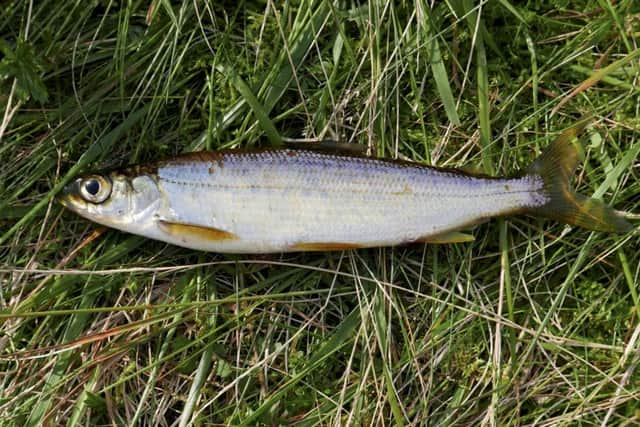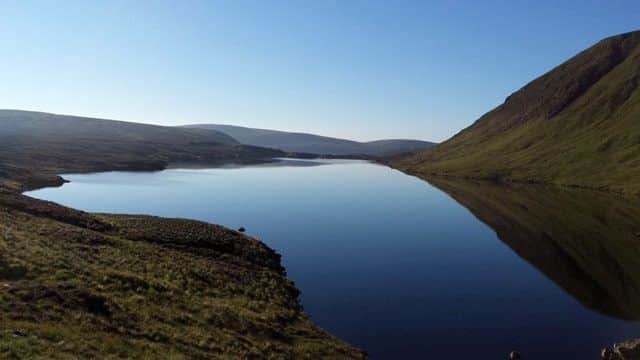Scotland's rarest fish thriving after introduction to remote loch
This article contains affiliate links. We may earn a small commission on items purchased through this article, but that does not affect our editorial judgement.


The vendace, a small freshwater fish, whose habitat had reduced to just two locations in England, is flourishing since its introduction to Loch Skeen, Dumfries and Galloway.
And monitoring of the fish has revealed that the population has established itself well enough for breeding to take place and significant numbers of the fish to be evident.
Advertisement
Hide AdAdvertisement
Hide AdThe first vendace were introduced to the loch in the 1990s, with the stock coming from Cumbria.


At that point the only stable population of the fish was in Derwent Water.
And 110 lochs in south-west Scotland were assessed to find the right place to establish a “safeguard site” for the species.
Richard Clarkson, Property Manager at Grey Mare’s Tail nature reserve, said: “Vendace are our rarest freshwater fish.
“They have sadly disappeared from other lochs, mainly due to pollution affecting the water quality but also from the introduction of other fish species that would eat their eggs or the fish themselves.


“The species was extinct in Scotland before they were introduced to Loch Skeen, so it’s great that the Trust has been able to help them out.”
Lindsay Mackinlay, the Trust’s Nature Conservation Adviser said: “Loch Skeen was chosen because it had all the features vendace need to thrive.
“It was the right size and depth and holds no predatory fish such as pike or perch and its water quality suits the species.
Advertisement
Hide AdAdvertisement
Hide Ad“The loch is also remote, accessed by a steep mountain path so it remains relatively undisturbed.


“But there is always an element of uncertainty when a project like this reintroduction takes place.
“With species like vendace, it’s not just a simple case of plopping a few fish and eggs into a loch and abracadabra, there they are.
“You need a team of highly trained and experienced fish ecologists along with the support of key partners, before such a reintroduction will work.
“In this case, the vendace had just such a support network, and the monitoring work has confirmed that the vendace are doing just fine in the loch.”


Professor Colin Bean, a senior adviser on freshwater fish conservation with Scottish Natural Heritage, added: “The introduction of vendace to Loch Skeen has been a significant conservation success story.
“Although we already knew that the species had successfully established within the loch, there is always a need to check on their progress.
“We are, therefore, delighted to confirm that the population is in good health.
Advertisement
Hide AdAdvertisement
Hide Ad“This is clearly helped by the sympathetic management which Loch Skeen receives from NTS, and there is nothing to suggest that this population will not continue to thrive there.”
Loch Skeen lies about 10 miles to the north-east of Moffat and is part of the Grey Mare’s Tail nature reserve, managed by the National Trust for Scotland.
The loch’s waters feed the 60m high waterfall which is the fifth highest in the UK.
The nature reserve is a superb example of a hanging valley, and is noted for its rare upland plants and wildlife.
The project was funded equally by Scottish Natural Heritage (SNH) and the National Trust for Scotland who worked with experts from the University of Glasgow.
DOWNLOAD THE SCOTSMAN APP ON ITUNES OR GOOGLE PLAY